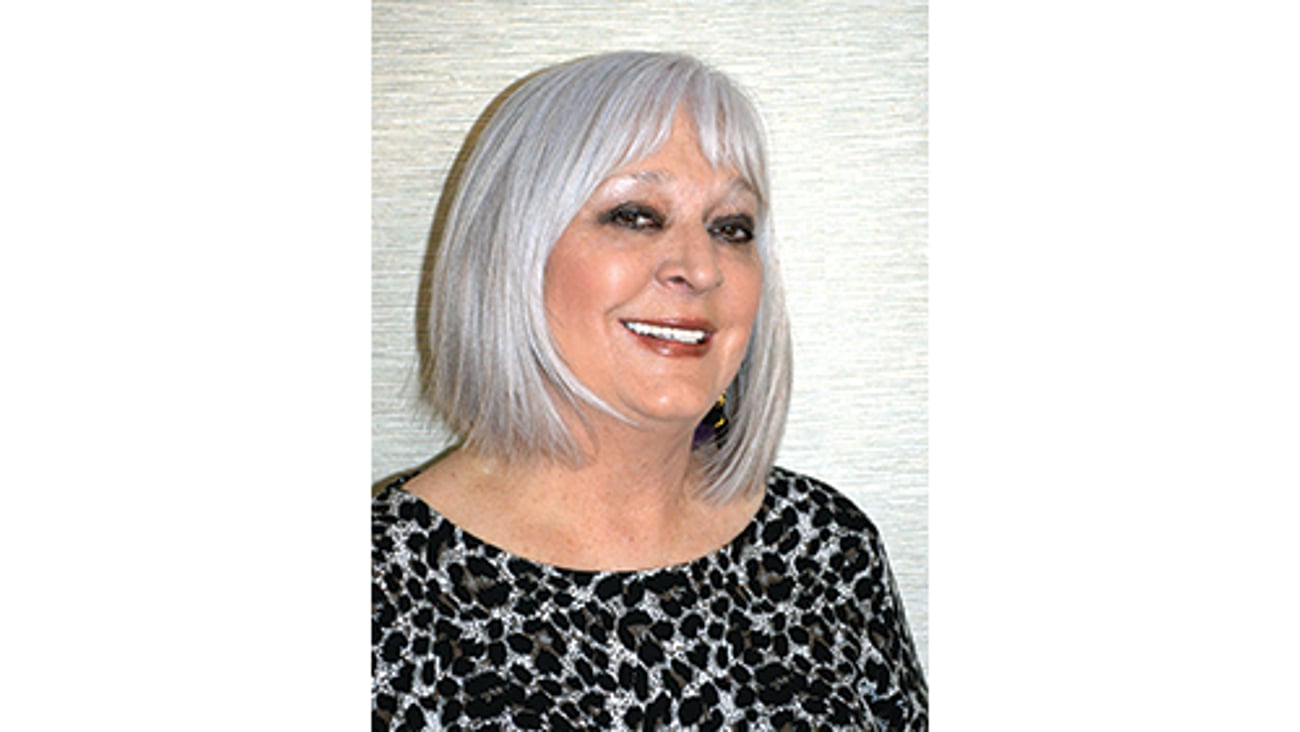What's hindering supplier-retailer partnerships?
In 2006, Borders earned $100 million in profit; by 2010, they were losing $109 million. Borders was blind to both a technological and convenience paradigm shift, sitting right in front of them. In 2009 Blackberry controlled 50% of smartphone sales; by 2014, it was 1%. They avoided the role of an internet browser. Blind spots can do more than hurt you; they can put you out of business.
Our current predicament in business includes increased costs, looming inflation, limited face-to-face interactions, and an evolution in consumer behaviors. Recent interviews I conducted with vice presidents of sales within the CPG supplier world included the following concerns:
- “Due to limited data availability, retailers don’t appreciate the size of Amazon’s business with us.”;
- “We are embracing more financial rigor in everything that we do.”;
- “Supply chain stress and cost increases are daunting. We must see positive retailer ROIs to continue investing.”;
- “We must critique each retailer’s cost to serve & improve overall profitability.”;
- “Digital cost increases are not our problem.”;
- “Our most important metric is our digital return on advertising spend investment.”;
- “Retailers are no longer merchants, but bankers and supply chain specialists.”; and
- “Every retailer must now prove their value. We are following the revenue, wherever it leads.”
My research has found that 3 in 4 suppliers are fearful to always tell the truth for fear of relationship blowback. We have a trust issue.
The Retail Industry Leader’s Association found that the No. 1 retailer priority is “becoming omnipotent on omnichannel.” And every retailer surveyed stated “personalization” was a top-five strategic priority.
[Read more: Mack sizes up how retailer-supplier partnerships can align better, navigate changes]
The consumer’s changing omnichannel expectations have dramatically influenced most retailer’s profitability, pricing, and shopping trips. The cost increase in serving today’s consumer is not sustainable unless retailers and suppliers have a real meeting of the minds of the costs associated with direct-to-consumer and curbside pickup sales.
The following are other top concerns conveyed by a number of top U.S. retailers:
- “All the work the consumer used to carry is now supported by the retailer. The dramatic increase in costs associated with curbside pickup and digital must be offset by our partners.”;
- “Our vision has not changed but our job descriptions have evolved to cover the whole omnichannel responsibility.”;
- “Retailers are being evaluated on repeat purchases, shopper segmentation, product in-stocks, consumer acquisitions, views & impressions.”;
- “We are more serious than ever about the lifetime value of our most loyal consumers.”
- “We are now thinking of JBP as “category vision” meetings.”;
- “How do we maintain supply even during a crisis?”;
- “Our supplier partnership expectations have increased. What am I not seeing clearly?”; and
- “Retail media is now a brand asset, and we are rededicating ourselves to our local communities.”
Supply chain excellence while balancing profit should be the goal. We must think ‘big picture’ while protecting relationships and conducting cooperative negotiations. Proactive incremental funding discussions that justify why the investment serves both parties must take place. We must assess goals, reassess agreements, and evaluate whitespaces.
Candor, openness, and commitment to co-creation must occur where both parties have an equal voice in plan design and joint ownership. Courageous discussions will include interests, assets, threats & risks with quarterly reviews done to course correct. This necessitates a set of new sales leadership priorities moving into the future.
New rules and behaviors of sales organizations include:
- Flattening silos;
- Deeper P&L expertise;
- A hypothesis, experimentation & testing mindset;
- A commitment to learning agility;
- A shift from managing to growing a business;
- Dynamic resource allocation;
- A shift from presentation to facilitation;
- A move from net sales to net profit;
- True transparency, candor, and ruthless trust building; and
- Being a courageous communicator.
A top executive recently shared, “If you don’t care about my agenda, I won’t care about yours.” The job of a sales or service agency is to uncover hidden problems, escalating costs, and the risk of failing to implement a solution. Retail executives want partners who solve problems and think holistically about their business. And suppliers are looking for retail executives that are transparent and committed to building long-term, sustainable and profitable partnerships.
Do you know how you are perceived?
Dan Mack is the founder of Mack Elevation. To learn more about Mack Elevation’s coaching, consulting, training and leadership events, visit mackelevationforum.com.





